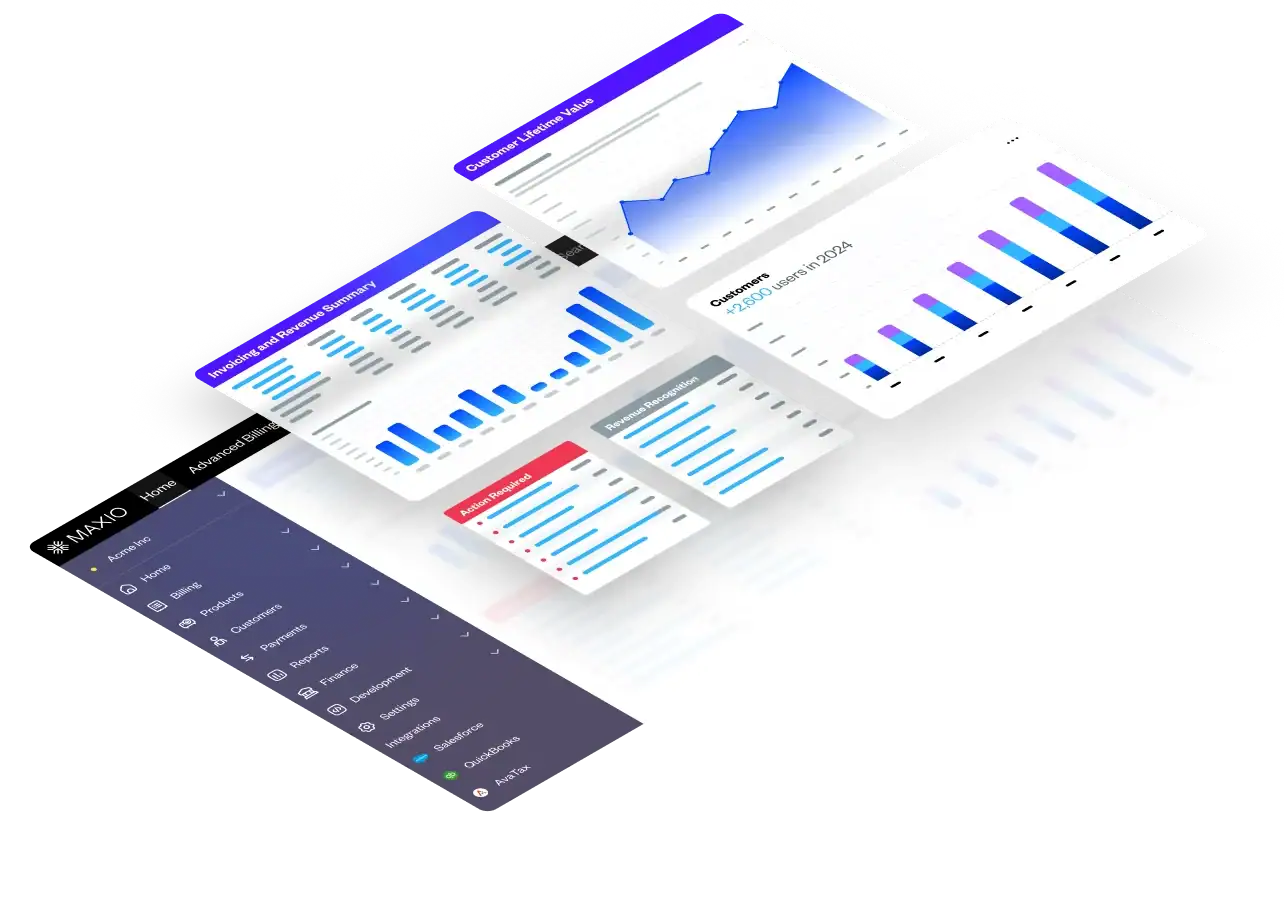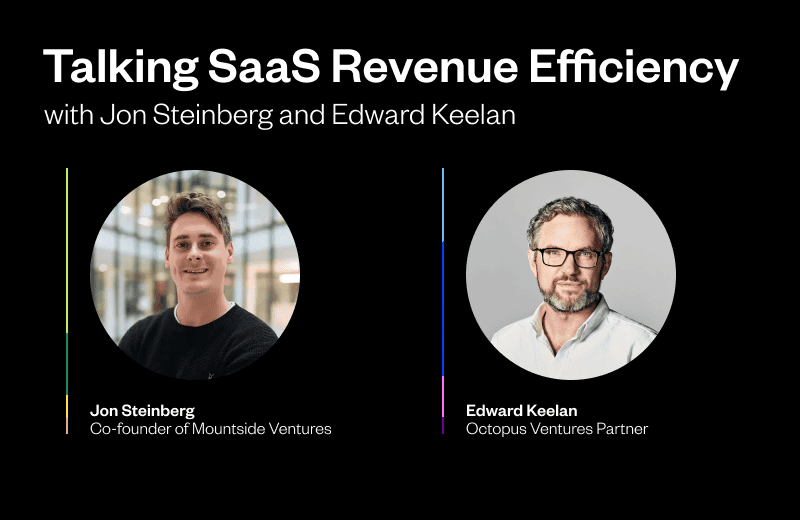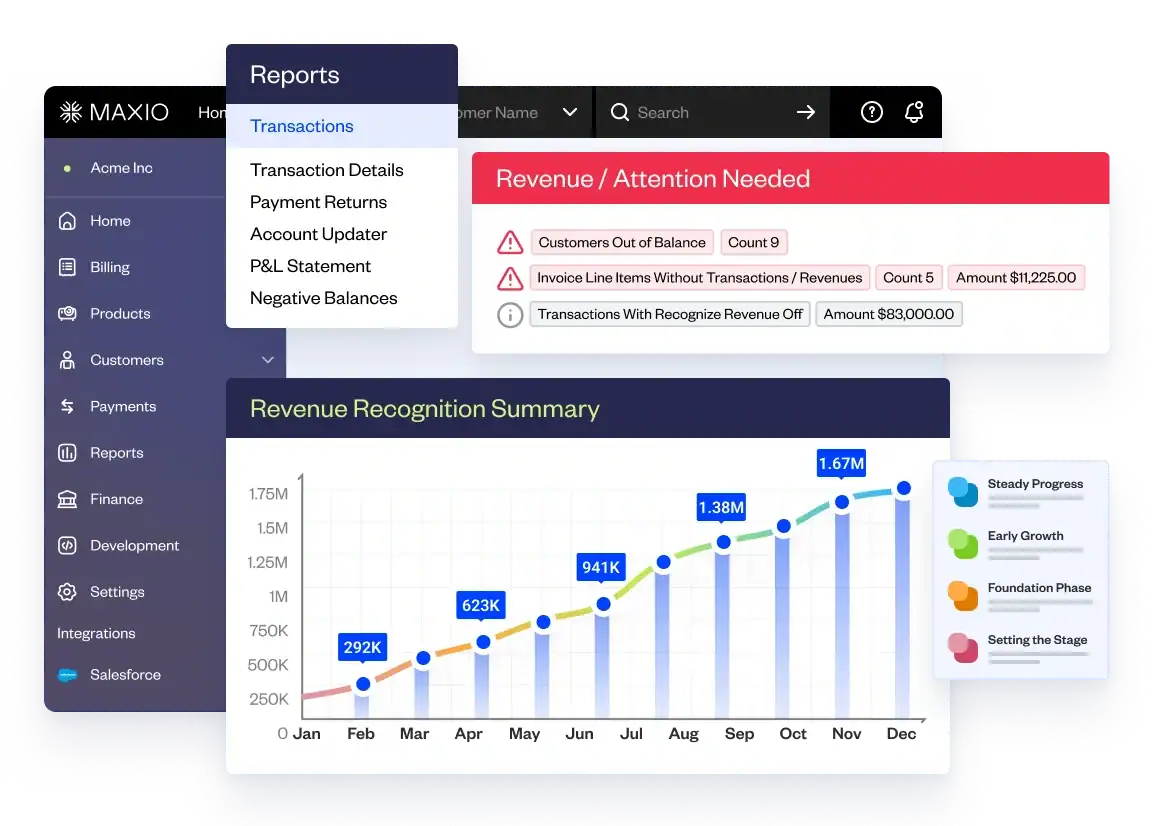As continued headwinds make the future of many SaaS companies uncertain, there’s one KPI that’s ultimately determining who gets ahead: revenue efficiency. Efficient revenue growth has been a major point of discussion for SaaS owners and operators, but it’s still difficult for many of them to shake off the old growth playbook of aggressive customer acquisition.
To facilitate discussion around revenue efficiency, we met with some of the brightest minds in SaaS during our Expert Voices event in London. Jon Steinberg, Co-founder of Mountside Ventures, and Octopus Ventures Partner Edward Keelan led the discussion on:
- Retention and expansion best practices
- The importance of cross-functional alignment between Sales and Leadership
- How to identify expansion opportunities to achieve profitable growth in SaaS
Here’s how SaaS leaders are thinking about revenue efficiency in their organizations.
Embracing a new perspective: acquisition vs retention
According to Jon, citing a research report from Price Intelligently, incremental improvements across retention and expansion can make big improvements to your bottom line.
- 1% improvement customer acquisition = 3.3%
- 1% improvement in retention = 6.7%
- 1% improvement in expansion = 12.7%
Furthermore, churning a key client close to or during an investment round can extend deal timelines by multiple months, or even kill deals entirely.
Despite the overwhelming evidence on this topic, Jon also states that almost all B2B companies he comes across are massively under-resourced on customer success and he urges SaaS leaders to prioritize this function the same way they would new sales.
In short, if your customers feel looked after, they’ll look after you.
Here are a few actions you take can if you aren’t ready to invest in new CS headcount:
- Invest in technology: Decreased user activity and less logins are possible warning signs that a customer is about churn. By investing in CS technology, you can measure these different variables with an overall ‘customer health score’ that will help you determine the state of your different customer accounts.
- Automate, automate, automate: Sam Altman, CEO of ChatGPT, noted in a recent podcast that customer success is one of the roles he sees as being the highest automatable through conversational AI. For example, an AI trained on a company’s help documentation could serve up the appropriate response to incoming help tickets or customer queries. While this may not be a full-stop solution, it can lighten the workload of a lean customer success team.
Tackling the revenue expansion challenge
While customer retention comes with its own set of challenges, so does revenue expansion. One of those challenges being: how are you supposed to convince customers to spend more money with you in a period where companies are determined to cut back on spending?
Here are a different methods you can use to achieve revenue expansion (without having to shake down your current customers for more cash).
Achieving revenue expansion through pricing
A thoughtfully designed pricing strategy is one of the most effective-yet-overlooked growth levers in most SaaS businesses. If your ultimate goal is revenue expansion, you need to re-examine the way you’re pricing your products and services.
Specifically, experimenting with different pricing options, like usage-based pricing, discounts, and add-ons are all effective means of generating revenue without bringing in new sales.
The Changing Role of the CFO
Edward described how the role of the CFO had changed beyond recognition from where it was 12 months ago. “This time last year, the CFO’s focus was still on the next funding round. That has completely changed, and perhaps looks like something more traditional. It’s imperative that the CFO gets closer to both Sales and Customer Service to ensure they understand the importance of growth, but also what is working efficiently in order for them to work together.
However, Maxio CEO, Randy Wooton, challenges this notion and believes that sales needs to have some stake in the game as well. Randy believes that Sales are in a better position to sell add-ons, additional modules, and complimentary products to accounts that they’re already familiar with. Not only does this strategy shift the focus of your GTM teams towards customer expansion, it helps align the organization as a whole around the idea of achieving revenue efficiency.
Building a partnership between Sales and the CEO
Edward continues, given the current state of the market, many SaaS leaders are feeling pressure from their board and investors to start delivering results. According to Edward, a strong partnership and shared vision between the CFO and the CEO are crucial for success.
Here’s how sales leaders and CEOs can get aligned on revenue efficiency:
Regular communication: Establish regular communication channels with your CEO to keep them updated on sales performance, challenges, and opportunities. Sharing insights, market trends, and customer feedback will help your CEO understand the sales team’s activities and align their expectations accordingly.
Collaborative goal setting: Work closely with your CEO to set revenue targets and sales goals that are both challenging and achievable. This collaborative approach ensures that your CEO’s expectations are realistic and that your team has the necessary resources and support to meet those goals. Regularly review and adjust the goals as needed based on changing market conditions and business priorities.
Seek alignment on sales strategies: Engage in strategic discussions with your CEO to gain their perspective on sales strategies, target markets, and customer segments. Collaborate on refining the sales process, identifying growth opportunities, and addressing any barriers or challenges. Seek their input and guidance to ensure alignment between sales initiatives and overall business objectives.
Leading with data: Provide your CEO with data-driven insights about your team’s performance, including revenue metrics, conversion rates, customer acquisition costs, and sales pipeline analytics. By investing in the technology to produce SaaS metrics reports, you can help your CEO understand the effectiveness of your sales efforts and make informed decisions about resource allocation and the company’s strategic direction.
Key performance metrics and investor expectations
Despite your best efforts, your board and investors will be the ones to decide if your company is operating efficiently and performing above industry benchmarks. Here are the metrics Edward states investors are paying close attention based on his conversations in the VC community.
EBITDA
EBITDA is currently having a resurgence in a market where balancing profitability with ARR expansion is key. Investors who used to be all-in on double and tripling revenue growth are now most concerned with getting to breakeven in three to six months.
Net Sales Efficiency
A few years ago, it was okay if a salesperson brought in revenue that was just above the cost of doing business. Today, we’re looking at 3-4x the cost of doing business as an acceptable measurement of success. This metric makes sense for companies that are earlier than their Series B or C, he states that it’s still being scrutinized heavily by investors as a key performance indicator.
Investor expectations aside, what exactly should you be measuring internally to achieve revenue efficiency?
Revenue Efficiency
The goal of revenue efficiency is to ensure your net new ARR is higher than sales and marketing spend. By taking net new ARR for a period of time and dividing by cost of sales and marketing over the same period, you get your revenue efficiency (represented by a percentage). The goal is to keep this percentage under 100%.
If you want to dig deeper, you can split this metric into “bookings” and “expansion” efficiency, which will show you the difference in effectiveness between the two motions. This will give you a better understanding of which motion is more valuable to your business (new sales or customer expansion), which, in turn, informs your decision of where to invest time, energy, and dollars.
What’s most important for your business is to figure out where you’re seeing the greatest ROI. For example, while Net Sales Efficiency is helpful for measuring the cost effectiveness of your sales team, you also need to measure revenue generated via customer expansion against the costs of your customer marketing and customer success activities. By leveraging financial reports to measure efficiency across your organization, you can then determine where it makes sense to allocate capital to grow responsibly.
Keeping up with industry performance trends
Want more insights from SaaS finance experts like Edward and Jon?
Check out Maxio’s Expert Voices, an invite-only event series where the best and brightest minds in the SaaS Finance community meet for meaningful conversation about industry trends and best practices. Additionally, Maxio’s latest 2023 Growth Index Report will show you how over 2,000 B2B SaaS companies are leveraging their billing and pricing models to achieve revenue efficiency.





![[520] Blog image: Customer Success and CFO](https://www.maxio.com/wp-content/uploads/2024/05/CS_and_CFO.png)
